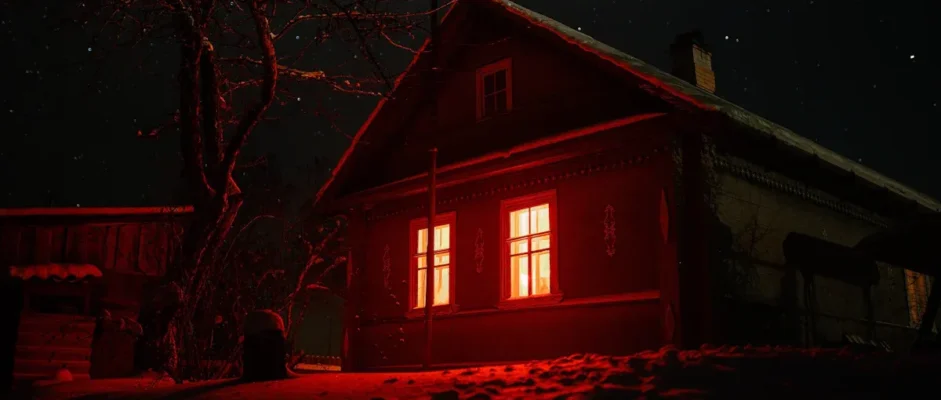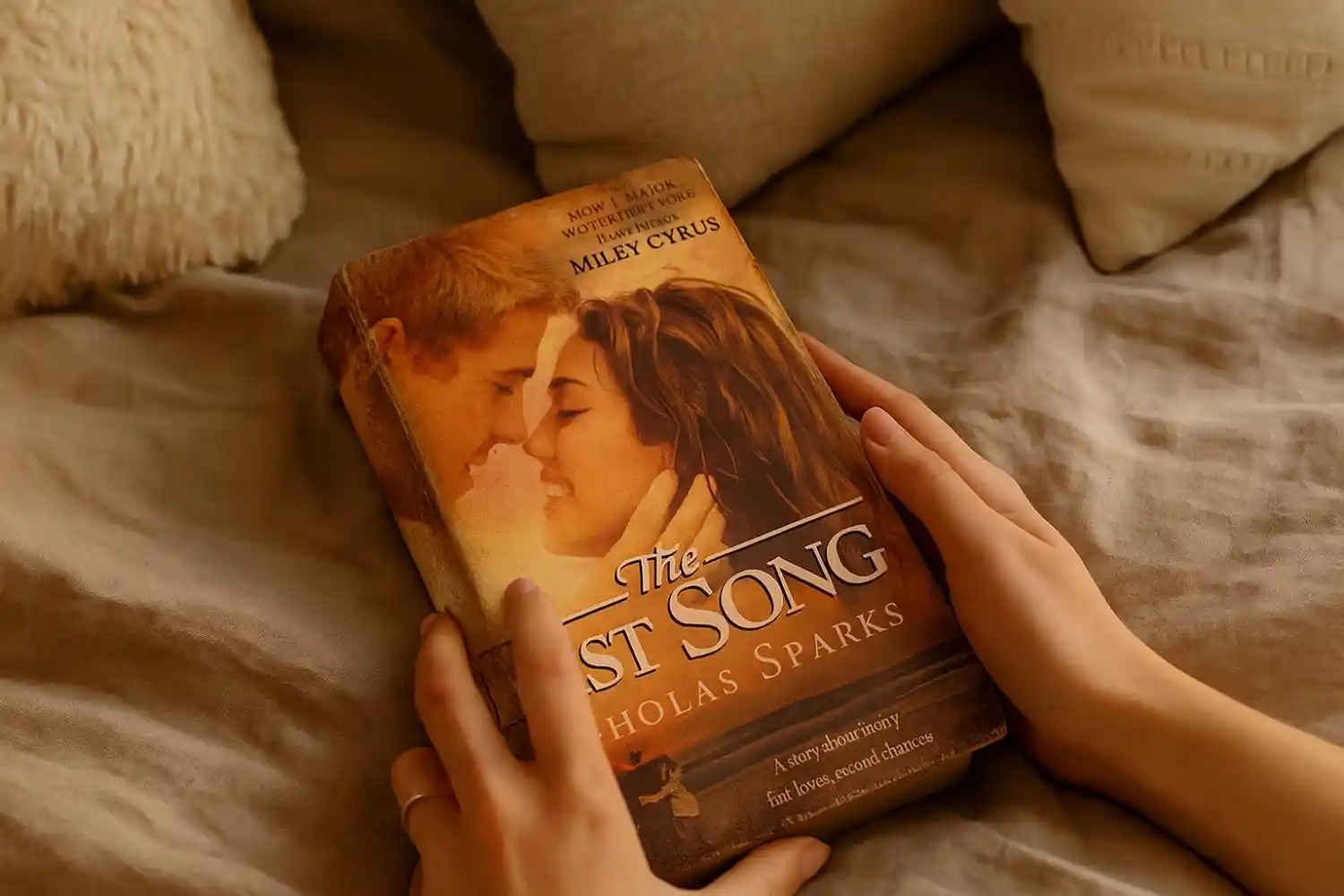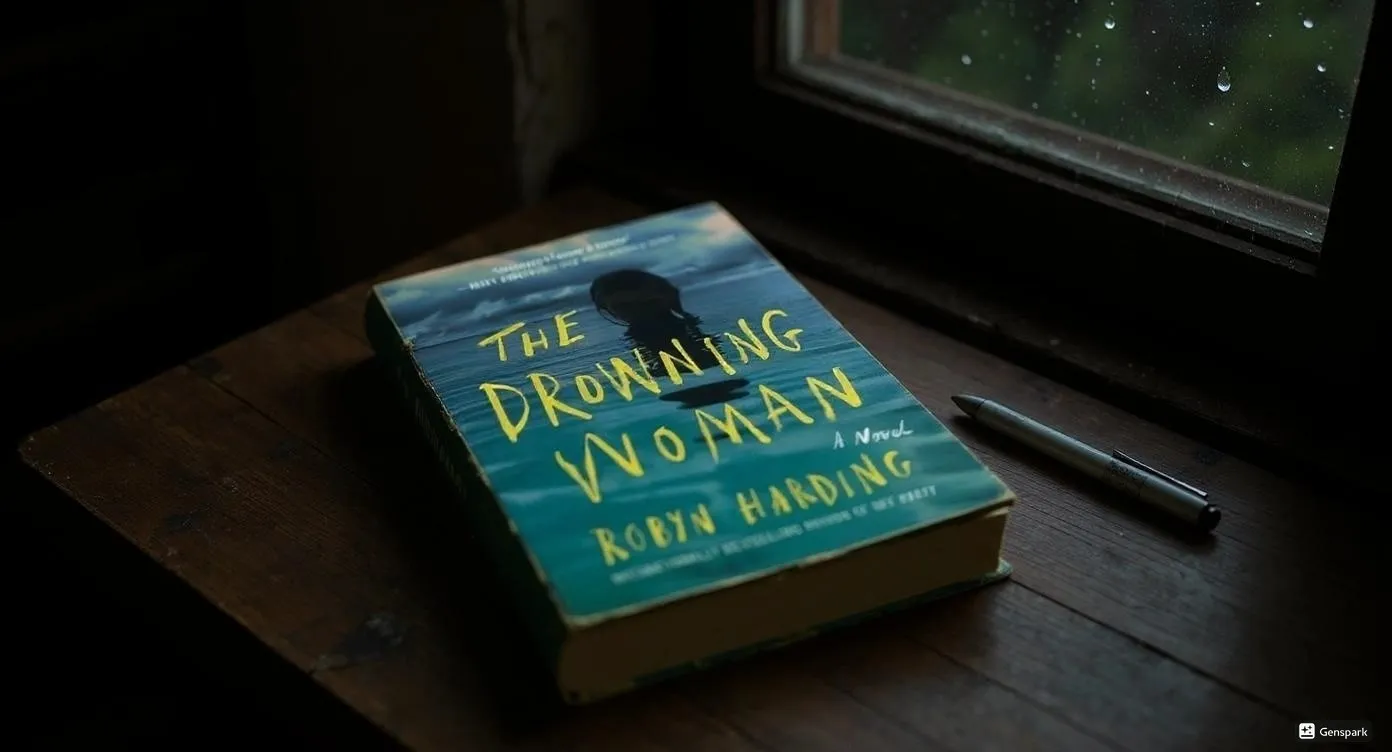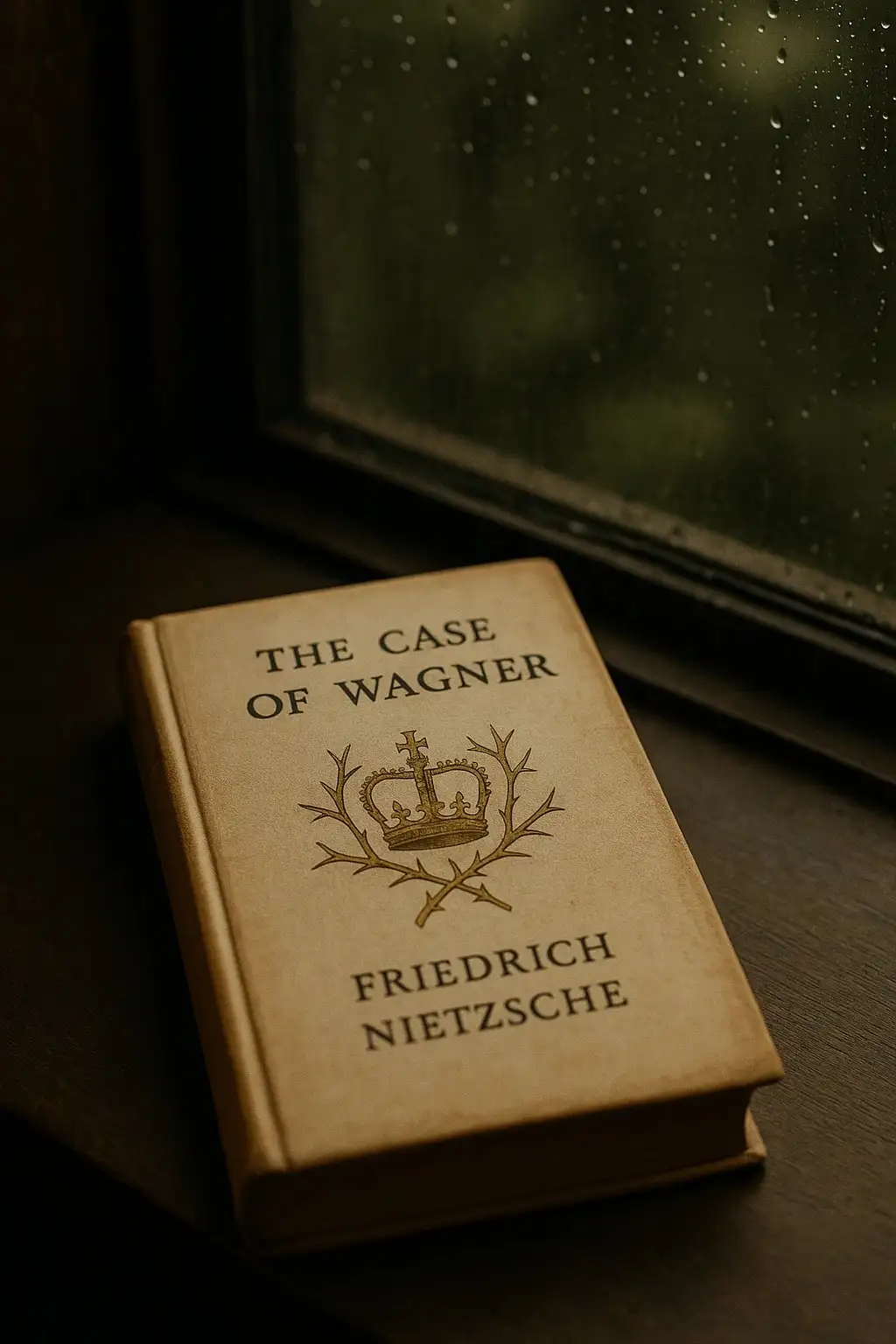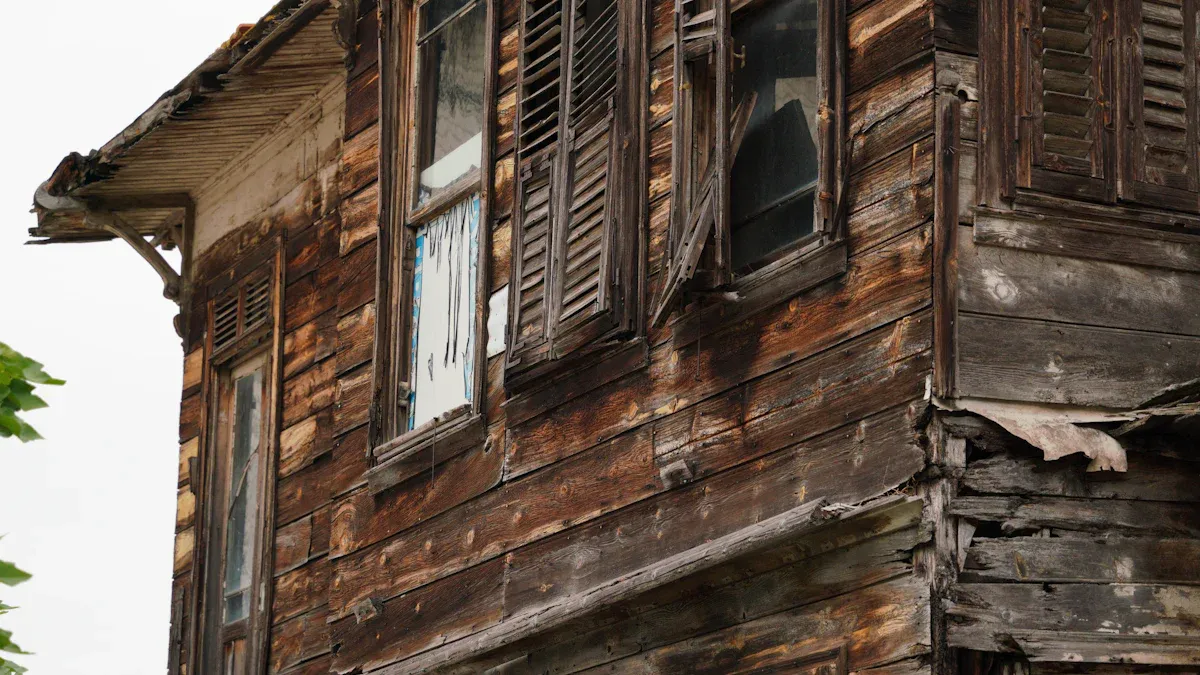I will be honest—I read The No-End House by Jeremy Bates all at once. My heart was beating fast the whole time. The book puts you in a scary escape room in Barcelona. If you want scary stories with a smart surprise, this book gives you that. You will find excitement and also some parts that are not perfect.
Key Takeaways
The No-End House gives a fun escape room adventure.
It takes place in the bright, strange streets of Barcelona.
This setting makes the story feel real and exciting.
The book keeps readers interested with quick action and smart puzzles.
The characters are strong. There are mind tricks that make you wonder what is real.
Some parts are easy to guess. A few rooms are not very creative. But the suspense and mood give a smart and thrilling horror story.
The No-End House by Jeremy Bates
Premise
Setting
Jeremy Bates chose Barcelona for the story’s setting. The city feels full of life in every part of the book. I could almost hear the busy streets and see the old walls. The mix of old and new in Barcelona makes the story special. Here are some things that stood out to me:
The city is between the sea and mountains. This makes it feel closed in, which is great for a scary story.
The Gothic Quarter has small streets and old buildings. This gives the book a dark and mysterious feeling.
The author uses the city’s old walls and twisty paths. This makes the escape room even scarier.
The weather and busy life in Barcelona are always there. This makes the place feel real, not just a background.
I felt like I was lost in Barcelona’s maze. I never knew what would be around the next corner.
Escape Room Structure
The escape room in The No-End House is not just for show. It is the main part of the story. Each room has a new puzzle to solve. I wanted to turn the pages fast and beat the characters to the answer. The escape room made me think of real ones. You need to work together, think fast, and stay calm.
Performance Indicator | Measurement Method | Learning Outcome |
|---|---|---|
Puzzle Completion Rate | Time tracking per challenge | Problem-solving efficiency |
Team Communication | Audio analysis of interactions | Collaboration skills |
Resource Management | Tracking of clue usage | Strategic thinking |
Adaptability | Response to unexpected challenges | Flexibility in approach |
The book kept me excited the whole time. When the characters solved one puzzle, a new problem showed up. The escape room felt real because the author knows how people act under stress. I could tell the author worked hard to make it as exciting as possible.
Plot
Story Progression
I have to admit, I started this book late at night and told myself, “Just one more chapter.” That was a lie. The story pulled me in right away. Each room in the house brought a new twist. I felt like I was racing the characters, trying to guess what would happen next.
The plot moves forward with a steady beat. I never felt lost or confused. The author drops hints and clues, but never gives too much away. I liked how the story kept building tension. Every time I thought things might slow down, something wild happened.
The escape room challenges push the story forward.
The characters’ choices matter and change what happens next.
Surprises pop up just when I started to feel safe.
Pacing
The pacing in this book is sharp. I never felt bored. The author uses quick transitions between scenes, which keeps the momentum strong. I noticed how the story jumps from one tense moment to another, but always gives me a second to breathe. That balance made the scary parts hit even harder.
Good pacing isn’t just about speed. It’s about knowing when to slow down and let the tension build, then snapping back into action. This book nails that. The dialogue feels real and keeps things moving. The author avoids long, drawn-out descriptions, so I never felt stuck. If you like stories that keep you on your toes, this one delivers.
Supernatural Elements

Psychological Horror
I have to admit, the psychological horror in this book got under my skin. I felt my heart race every time the characters faced a new room. The fear didn’t just come from what I could see, but from what I imagined might happen next.
That’s the trick—psychological horror plays with your mind. It makes you question what’s real and what’s just in your head.
The author uses suspense and tension to keep me guessing.
I started to feel like I was trapped with the characters, not just reading about them.
The book taps into the brain’s reward system. When I felt scared but safe, I got that rush of relief after each close call.
Studies show that reading horror can actually help people handle stress better. I found myself thinking about how I’d react in those rooms. Would I freeze up or push through? Turns out, people who enjoy horror stories often build up emotional strength. I never thought a scary book could help me deal with real-life stress, but now I get it.
Supernatural Twists
The supernatural twists in The No-End House kept me on edge. I never knew if the next room would break the rules of reality. Sometimes, the line between what’s possible and what’s impossible blurred. That made the story even more chilling.
The author drops hints that something otherworldly might be at play.
I loved how the book made me doubt my own senses, just like the characters.
Each twist felt earned, not just thrown in for shock.
I have to give props to the way these twists made the escape room feel alive. The fear wasn’t just about puzzles—it was about facing the unknown. That’s what made the book stick with me long after I finished the last page.
Characters
Main Duo
I got hooked on the main duo right away. These two felt like real people, not just names on a page. I could see their strengths and flaws, which made me care about what happened to them. The author didn’t fall into the trap of making them perfect or turning them into clichés. Instead, I saw:
Relatable flaws: One character always second-guessed themselves, which made me think of my own moments of doubt.
Unique strengths: The other had a sharp sense of humor, even when things got scary. That little bit of lightness helped me breathe during tense scenes.
Consistent behavior: Their choices made sense. I never felt like they acted out of character just to move the plot.
I love when a book gives me characters who feel like they could walk off the page and join me for coffee. These two did that.
Development
Watching the main duo change throughout the story kept me invested. I noticed how the escape room challenges pushed them to grow. They started out unsure, but each room forced them to face fears and make tough calls. I saw their friendship deepen, which made the scary parts hit even harder.
Growth from experience: Every puzzle and twist shaped their personalities. I could tell the author used real-life inspiration and avoided lazy shortcuts.
Motivations felt real: Their actions matched their backgrounds and the pressure they faced.
No stereotypes: The duo broke away from the usual horror tropes, which made their journey more interesting.
Challenge Rooms
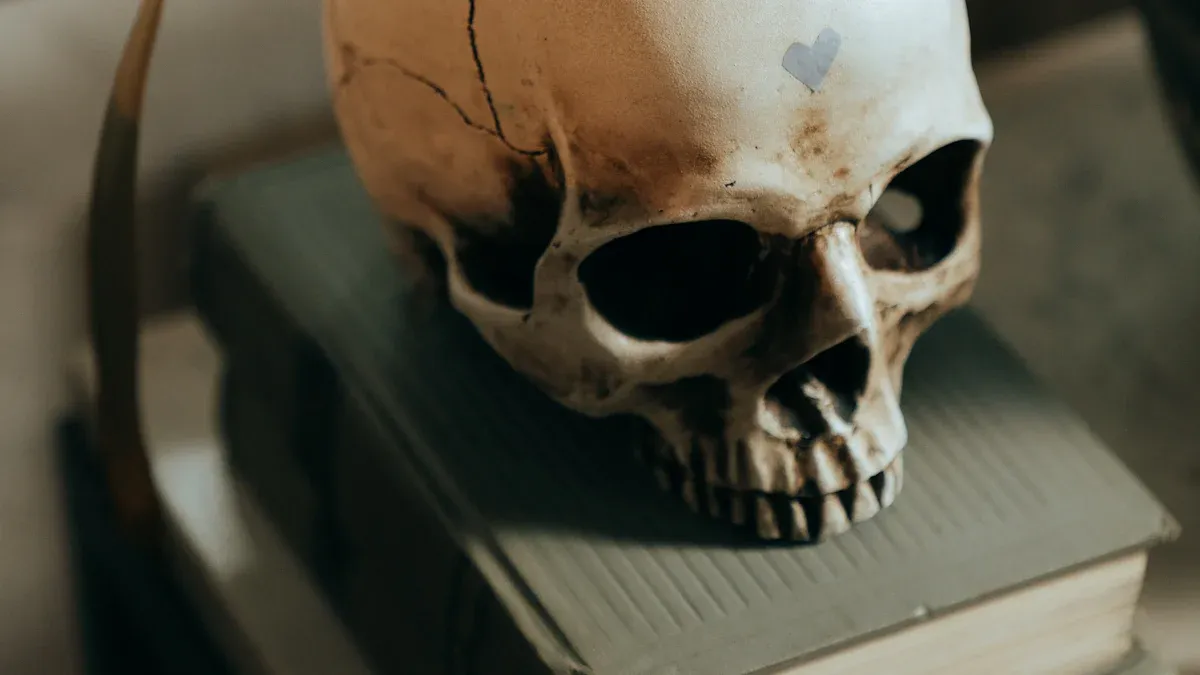
Room Design
I have to admit, the room design in The No-End House made me feel like I was right there with the characters. Each space felt unique. Some rooms looked simple at first, but then a hidden detail would pop up and change everything.
I loved how the author used the setting to mess with my head. Sometimes, a room would seem safe, but then a puzzle or a strange sound would make my heart race.
Every room had its own theme. One might be dark and cold, another filled with mirrors or strange symbols.
The clues never felt random. I could tell the author put real thought into how each puzzle fit the story.
I started to look for patterns, trying to guess what would come next. Most of the time, I was wrong.
The rooms didn’t just test the characters’ brains. They pushed their emotions, too. I found myself holding my breath, hoping they’d figure things out before time ran out.
Tension
The tension in these rooms felt real. I could sense that something bad might happen at any moment. The author used tricks like foreshadowing and cliffhangers to keep me guessing. Sometimes, a door would creak or a timer would start ticking, and I’d feel my pulse jump.
Tension works best when the stakes feel personal. The characters had different values and fears, which made every choice matter more. I cared about what happened to them, so every close call left me gasping.
The story used suspense-building techniques like unanswered questions, dramatic irony, and time pressure.
Micro-tension popped up in small moments—like a quick argument or a shaky hand—keeping me on edge.
I never knew if the next room would break the rules of reality or just push the characters to their limits.
To be fair, not every room landed perfectly, but most kept me turning pages late into the night. The mix of clever design and emotional stakes made the challenge rooms the heart of the book.
Writing Style
Tone
I have to confess, I read most of this book with my shoulders up by my ears. The tone grabbed me right away. Jeremy Bates writes like he’s sitting across from you, telling a scary story at midnight. The words feel sharp and quick. I never felt lost in long, boring paragraphs. Instead, I got short, punchy lines that made my heart race.
The dialogue sounds real, like people actually talk.
Jokes pop up just when things get too tense, so I could breathe for a second.
The author doesn’t try too hard to scare you. The fear sneaks up, which I love.
I noticed the tone shifts when the story needs it. Sometimes, I laughed out loud. Other times, I felt my stomach twist. That mix kept me hooked. I never felt like the book was trying to be something it’s not.
Atmosphere
The atmosphere in The No-End House felt thick and heavy. I could almost smell the old stone and hear the echo of footsteps. The rooms felt close, like the walls might move in at any second. I started to sweat just reading about the puzzles.
I have to give props to Bates for making me feel trapped without ever leaving my couch.
Shadows and strange sounds fill every page.
The city outside feels far away, almost like another world.
I found myself checking the locks on my own doors before bed.
To be fair, sometimes the mood got so dark I needed a break. But that’s what I want from a good horror story. The writing style made the fear feel real, and that’s not easy to pull off.
Strengths and Weaknesses
Highlights
I have to admit, The No-End House by Jeremy Bates gave me chills in the best way. Here’s what stood out for me:
Suspense That Never Lets Go: Every chapter kept me guessing. I felt my heart race as the characters moved from one room to the next. The tension built up so well, I sometimes forgot to breathe.
Original Escape Room Setting: I loved the way the escape room felt fresh. The puzzles didn’t feel like copy-paste riddles. Each one fit the story and made me want to solve them myself.
Atmosphere and Setting: Barcelona came alive for me. The old buildings, the narrow streets, the feeling of being trapped—it all added to the fear. I could almost hear the city outside, but it felt so far away.
Psychological Twists: The book played with my mind. I started to question what was real and what was just in the characters’ heads. That made the scares hit even harder.
Strong Character Work: The main duo felt real. Their friendship, their fears, and their growth made me care about them. I rooted for them the whole way.
If you like stories that mix Saw’s clever traps, Hostel’s sense of dread, and Stephen King’s mind games, this book will scratch that itch.
Drawbacks
No book is perfect, and I want to be honest about what didn’t work for me:
Some Predictable Moments: A few twists felt a little familiar. I guessed what would happen in one or two rooms before the reveal. That took away a bit of the surprise.
Not All Rooms Hit the Mark: Some challenge rooms felt less creative than others. I wanted every room to wow me, but a couple felt like filler.
Supernatural Elements Could Be Clearer: Sometimes, I got confused about what was real and what was supernatural. I wanted a bit more explanation or a stronger connection between the puzzles and the spooky stuff.
Pacing Stumbles Near the End: The last few chapters felt rushed. I wanted more time to sit with the ending and let it sink in.
To be fair, these issues didn’t ruin the experience for me. I still couldn’t put it down, but I noticed them.
How does it stack up?
If I compare The No-End House by Jeremy Bates to other horror-thriller books, I’d say it lands somewhere between Saw and Stephen King’s shorter novels. It has the clever traps and group tension of Saw, but it doesn’t go as dark as Hostel. The psychological twists reminded me of King’s style, but the writing is faster and less wordy.
Final Verdict
I’ll be honest, I started this book thinking I’d read a few chapters before bed. Next thing I knew, the sun was coming up and I still couldn’t put it down. My heart pounded through every puzzle and twist. I even caught myself checking the shadows in my own hallway. That’s the kind of ride this story gave me.
Here’s what really stuck with me:
The escape room setting felt fresh and exciting. I loved guessing at each new challenge.
Barcelona’s atmosphere made everything feel more real. I could almost hear the city outside those walls.
The main characters felt like people I might actually know. Their friendship and fears pulled me in.
Tension and suspense kept me flipping pages, even when I promised myself I’d stop.
But I have to give props to honesty, too:
Some twists felt a little predictable. I wanted a few more jaw-dropping moments.
A couple of the rooms didn’t wow me as much as the others.
The supernatural parts sometimes left me scratching my head.
Dionysus Review Rating
For me, this book lands at a solid 7/10. It’s a chilling, pulse-pounding read with a few bumps along the way. I’d recommend it to anyone who loves a smart, scary story and doesn’t mind a late-night adrenaline rush.
I raced through The No-End House by Jeremy Bates, heart pounding and lights on.
The escape room puzzles and Barcelona setting hooked me, but a few twists felt predictable.
Sip The Unknown—Discover Stories You Never Knew You’d Love!
Dionysus Reviews Has A Book For Every Mood
Biography & Memoir
Fiction
Mystery & Detective
Nonfiction
Philosophy
Psychology
Romance
Science Fiction & Fantasy
Teens & Young Adult
Thriller & Suspense
Frequently Asked Questions
Is The No-End House too scary for younger readers?
I’d say it’s best for teens and adults. Some scenes made me jump, but nothing felt over the top. If you scare easily, maybe read with the lights on!
Do I need to love escape rooms to enjoy this book?
Not at all! I’ve never tried a real escape room, but I still got hooked. The puzzles just add extra fun and suspense.
Does the story wrap up, or will I want a sequel?
The ending gave me answers, but I still had a few questions. I wouldn’t mind a sequel, honestly. I like when a story leaves me thinking.
